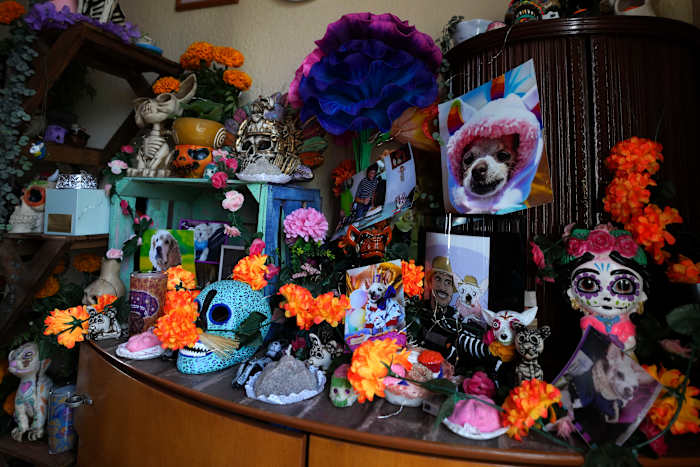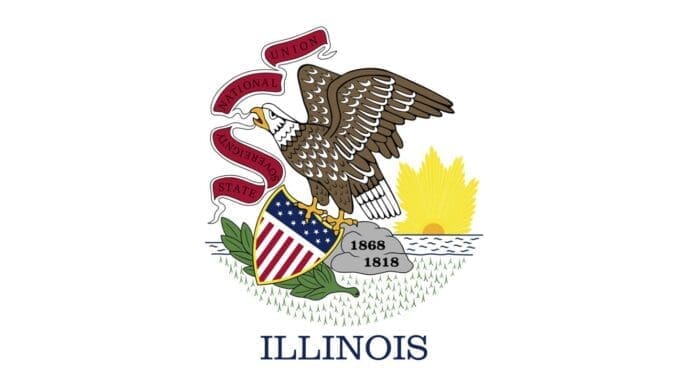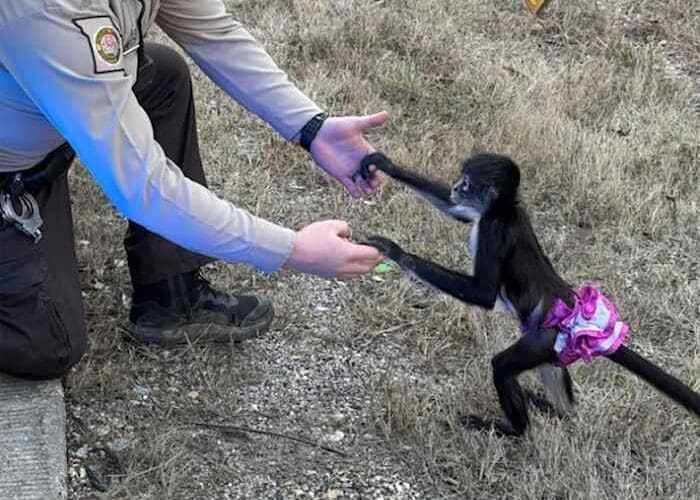In Mexico City, the Day of the Dead, traditionally a period to honor deceased human relatives, is increasingly inclusive of beloved pets. This cultural shift reflects the expanding role of animals in families, where they now receive the same reverence as human family members during this annual commemoration.
During the Day of the Dead festivities, which span from October 31 to November 2, families remember loved ones who have passed away. This three-day celebration sees gravesites adorned with bright orange marigolds and home altars filled with candles, photos, and the favorite foods and beverages of the departed. In recent years, however, the practice of creating altars has extended to animal companions, with October 27 now recognized as a special day to remember pets.
Meztli Lizaola, a graphic designer in Mexico City, ensures her deceased Chihuahua, Taco, is remembered with a personal altar in her home. Emphasizing Taco’s lively spirit, Lizaola surrounds his urn and photo with marigolds, candles, and figurines. Despite the tradition of placing deceased loved ones’ favorite foods on altars, this is omitted in Taco’s case to prevent her other dogs from pilfering these offerings.
Ethnohistorian Juan Pablo García Urióstegui highlights the increasing integration of pets into Mexican death rituals. The presence of pets on altars reflects shifting family structures, particularly in urban settings where pets are often considered ‘family.’ This mirrors broader societal changes in pet ownership and companionship, with pets now accompanying their owners to various public spaces, a trend that has accelerated significantly in recent years.
Halloween’s influence can also be seen, with costume contests for pets becoming part of the Day of the Dead celebrations. Garcia Urióstegui notes that this integration represents both a transformation and a continuation of longstanding Mexican traditions. Historically, xoloitzcuintles, a breed of hairless dog native to Mexico, were believed to guide their owners to the afterlife and were often buried alongside them or depicted in funerary art.
Lizaola’s experiences resonate with this blend of old and new traditions. With Taco’s image tattooed on her arm, she regards him as a catalyst for her increased involvement in animal rescue efforts. Initially, there was resistance from her family to include Taco on the altar, a space traditionally reserved for human family members. However, as pets became more integral to her family, their presence on altars grew more common.
The evolving practice of including pets in Mexico’s Day of the Dead festivities underscores the changing dynamics of family and companionship. As society continues to adapt, the memory of beloved pets is increasingly celebrated alongside human ancestors, reflecting a deepening appreciation for all members of the family, past and present.
Source: Local10














